How a nutritionist organizes her refrigerator for healthy eating
Heather Bauer is a mom of three and founder of The Food Fix.
For the start of spring, “GMA” is featuring ways to embrace spring cleaning for your wardrobe, your home and in the kitchen.
If you have ever opened your refrigerator, felt like you were staring into an abyss and ordered takeout, it doesn't have to be that way.
Organizing your refrigerator can not only save you money but also affect your waistline, according to Heather Bauer, founder of the weight loss program The Food Fix.
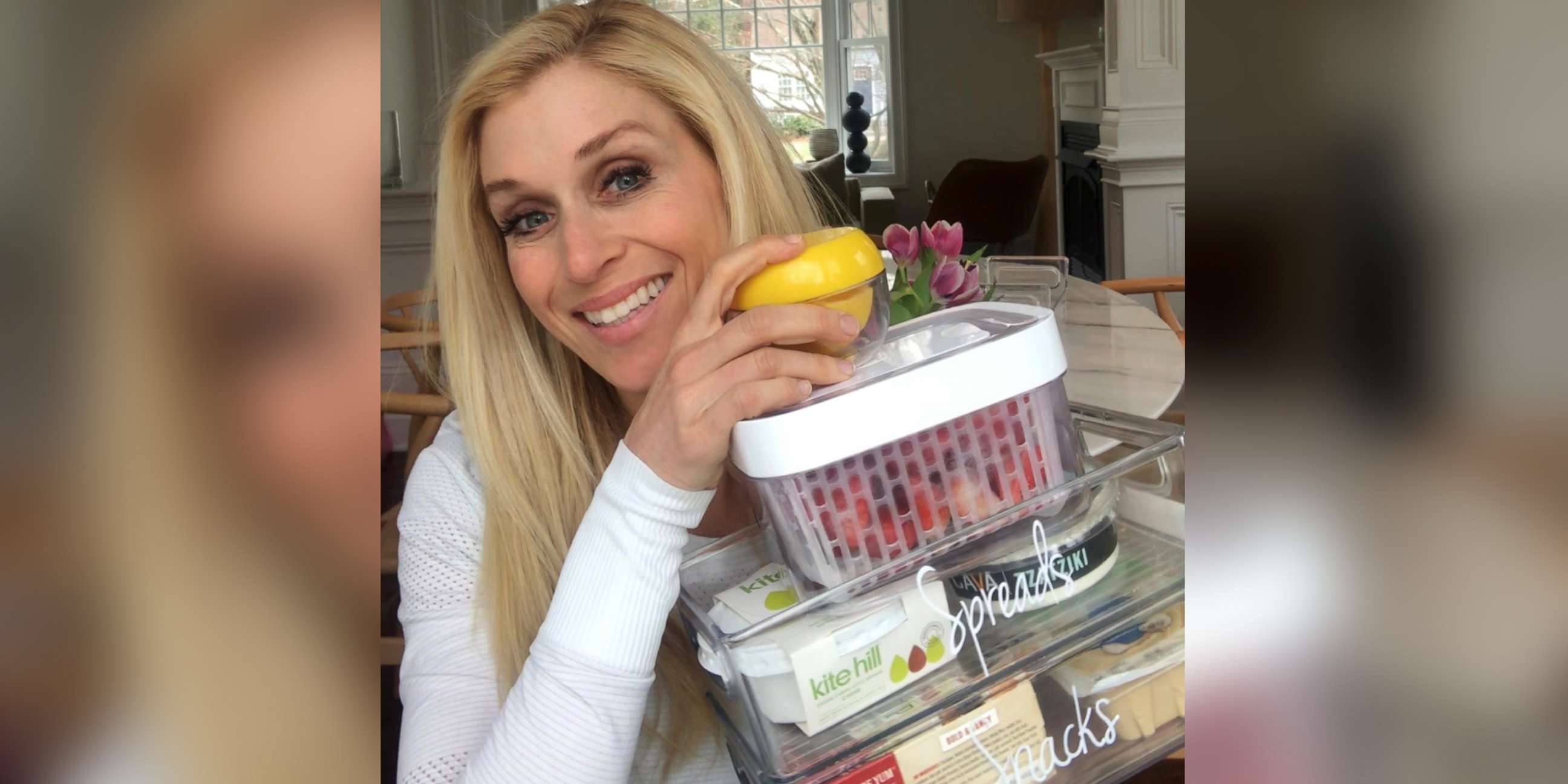
"The more visually pretty your fridge is, the more inspired you’ll be, and your kids will be, if you have kids, to eat healthy," said Bauer, a registered dietitian nutritionist in the New York area. "If you have the peppers cut up pretty in a nice, ready-to-grab container, you’re going to eat that."
"If the fruit is in the back of the fridge behind all the meat and you can’t see it or access it, you’re not going to eat it," she added.
Bauer, a mom of three, put her own refrigerator through a transformation last year. The changes, she said, have made her grocery trips less expensive and less stressful.
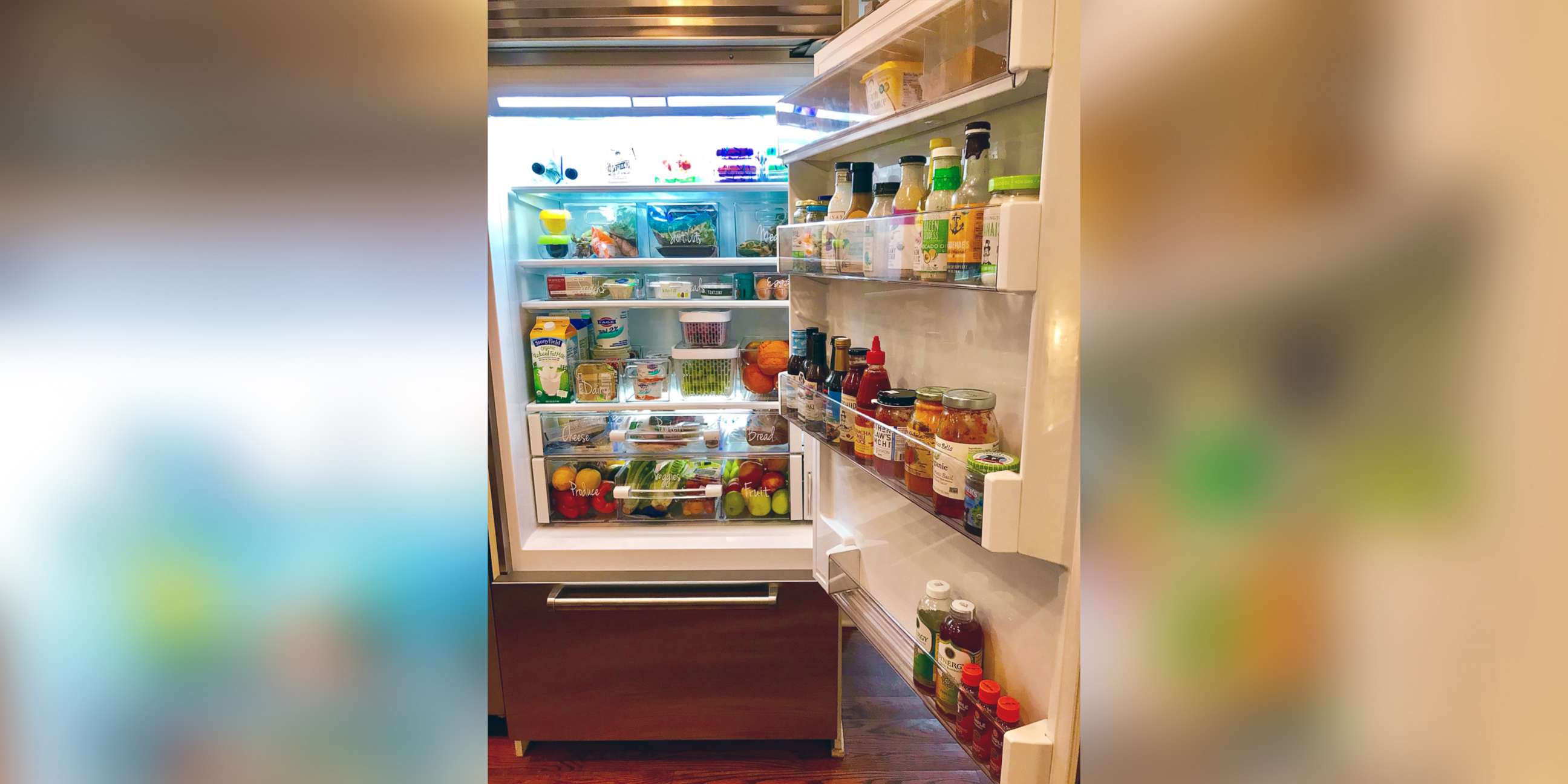
They have also stuck.
"I did this about eight months ago and if you look at my fridge now, it looks exactly like that still," she said. "My kids know to put things back where they belong."
Here are Bauer's six steps to putting your refrigerator through its own spring cleaning diet.
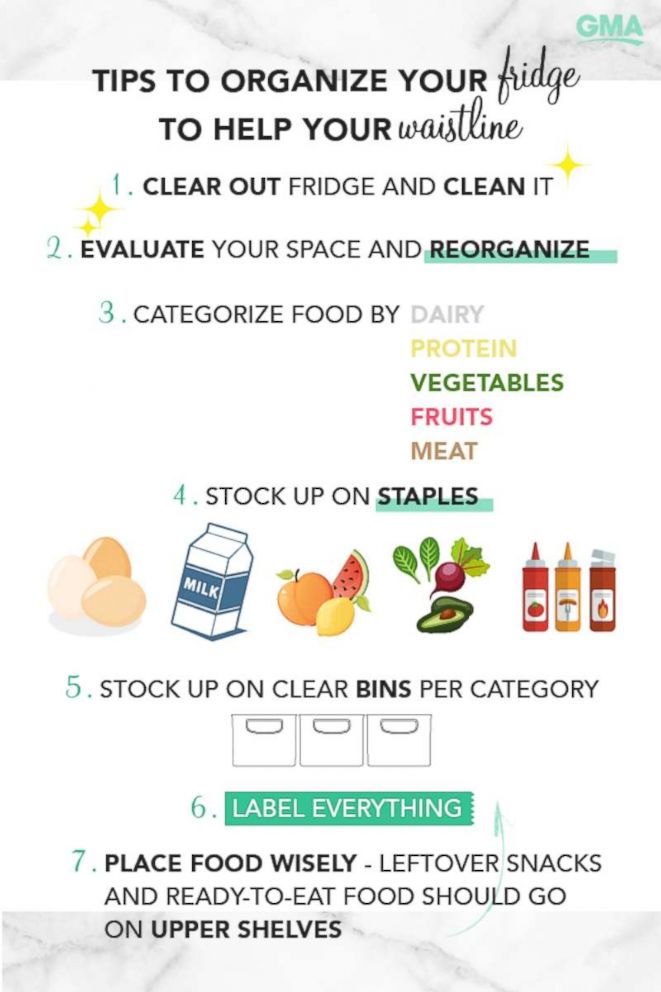
1. Clear it out.
Bauer said she couldn't believe how many expired foods, particularly condiments, she had in her own fridge.
"Empty out things that are expired, take out stuff that you aren’t eating anymore that has been lingering for a long time," she said. "Clear out your whole fridge and wipe everything down."
2. Evaluate your space.
Measure the length and width of the inside of your refrigerator, Bauer recommends. This will help you later to make sure you buy the right size bins and containers to store your food.
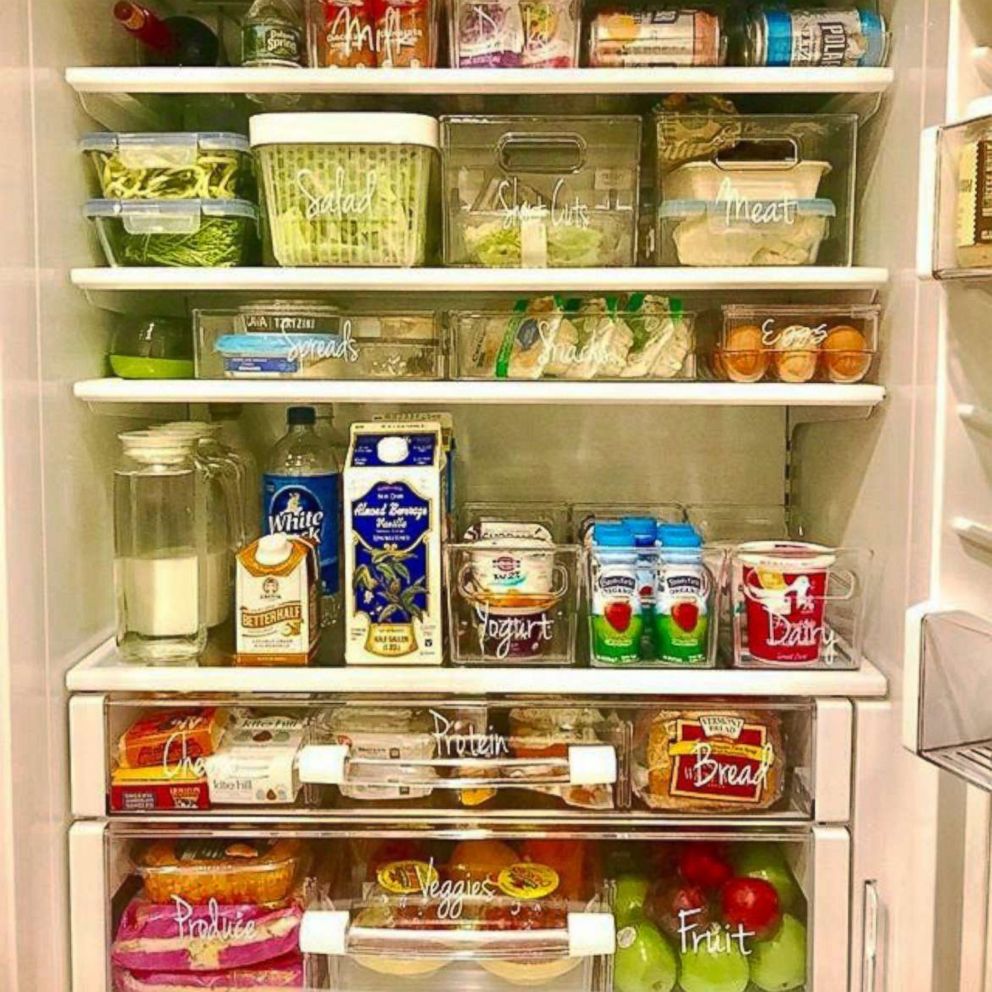
The shelves inside your refrigerator should also be thought of as moving targets, not shelves that are stuck in place.
"Maybe you’re somebody who needs more height at the top because you like to have your water bottles in the fridge," she said. "Shelves are really easy to move."
3. Categorize your food.
Divide the food in your refrigerator into categories such as dairy, protein, vegetables, fruits and meats.
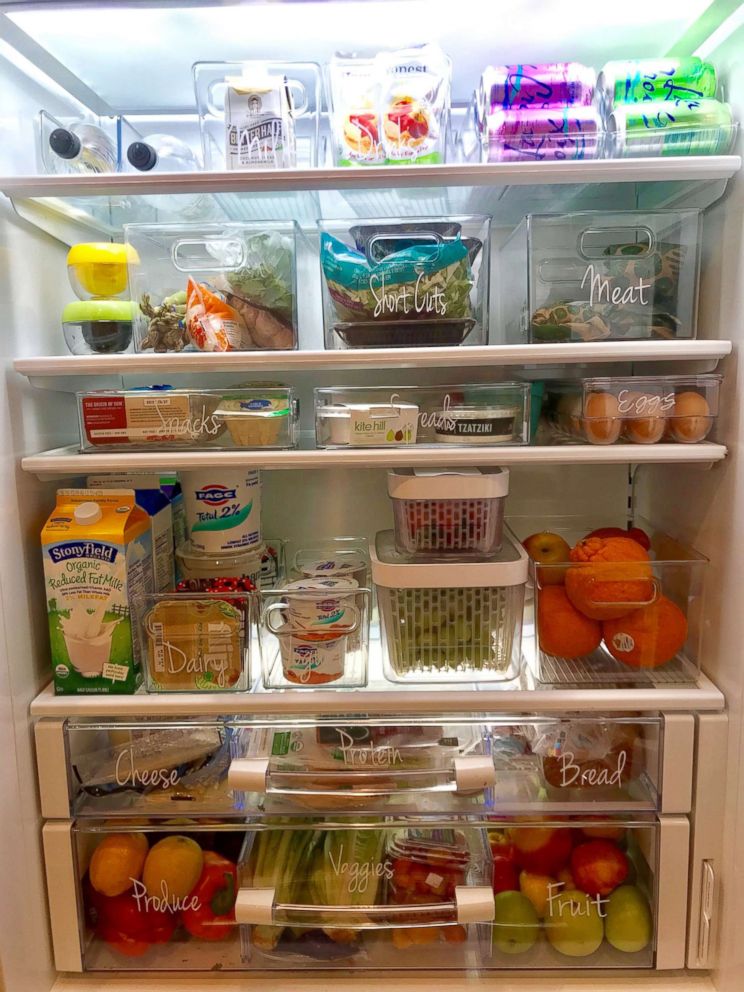
In Bauer's own refrigerator, food is organized into the following buckets: Meats, shortcuts (pre-made foods), vegetables, eggs, spreads (i.e. hummus), snacks (i.e. kids' lunch foods), dairy (yogurt), grab-and-go fruit (i.e. oranges and apples), bread, protein (i.e. organic turkey) and cheese.
"And I basically have one shelf that’s dedicated to all the things that I’m cooking over a week," she added.
4. Stock up on staples.
When you clean out your fridge, Bauer recommends re-stocking it with the following foods to always have on hand: Eggs, organic turkey, fruits and vegetables, greens, cherry tomatoes, almond milk, condiments (mustard, hot sauce, salad dressings, marinade).
In the freezer, Bauer always has frozen shrimp, salmon, chicken, fruits and veggies, veggie burgers and organic frozen meals on hand.
5. Bin it up.
Bauer calls this step the key to refrigerator organization and one that is well worth the investment.
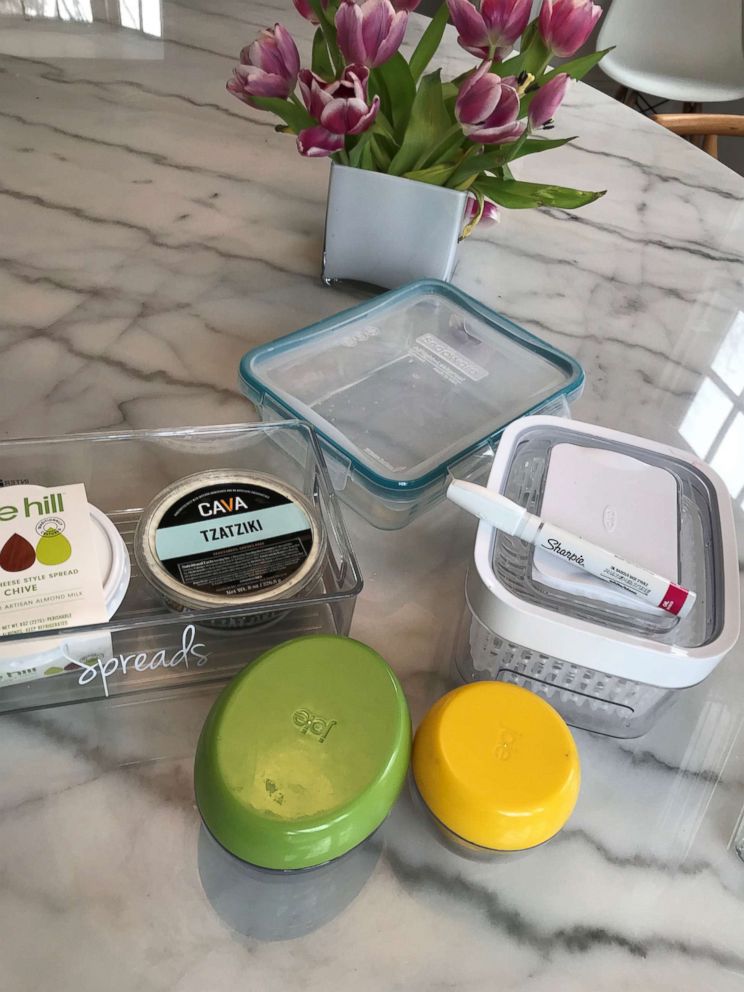
Stock up on clear bins that can hold your newly divided categories of food.
"Some people may think bins are a waste, that they take up space," Bauer said. "I cannot speak highly enough about bins. They totally organized my fridge."
6. Label.
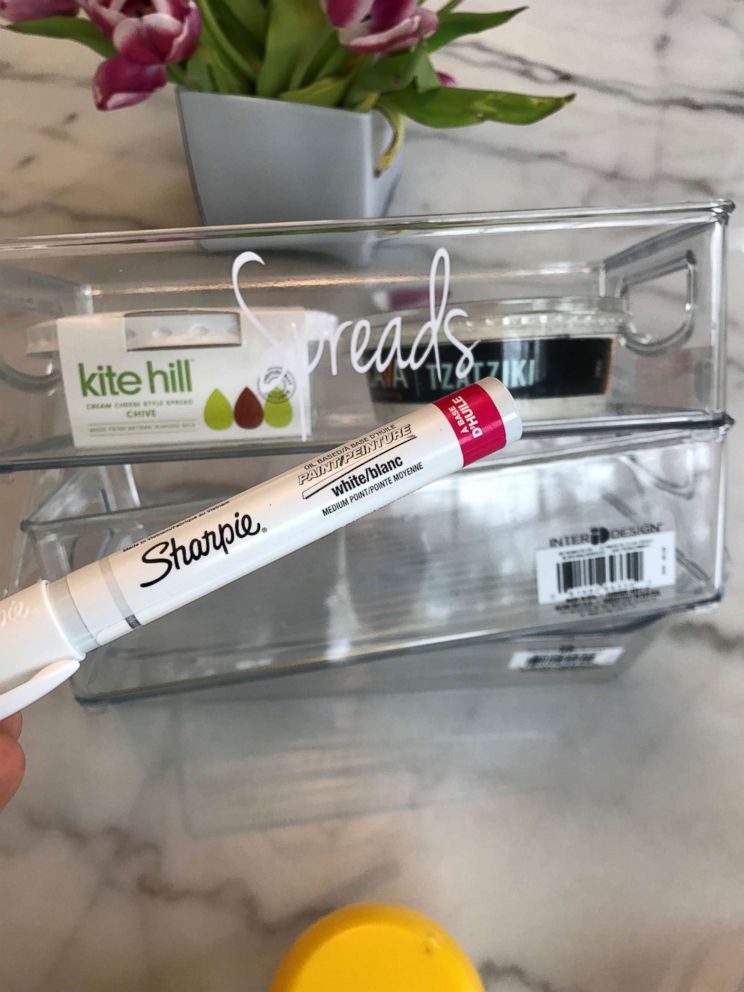
Use a marker to write the category on each bin, i.e. dairy or protein.
"It's a clear way to store food and you know what goes where," Bauer explained.
7. Place food wisely.
Leftover snacks and other ready-to-eat food should go on the upper shelves where there is less risk that they will be leaked on, according to Bauer.
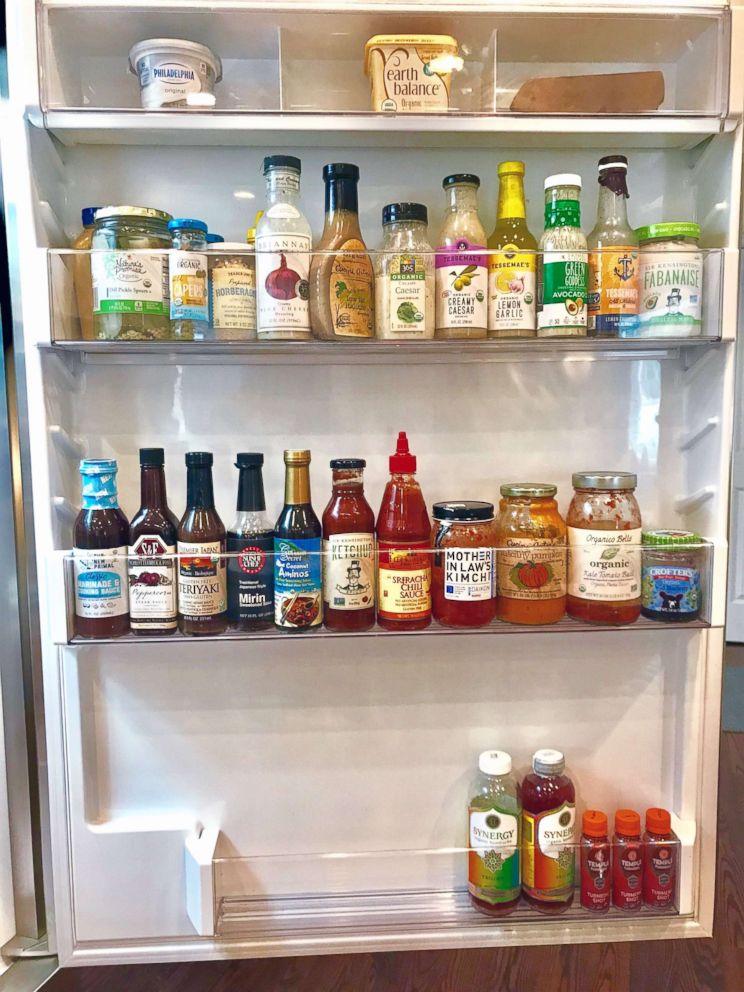
Likewise, raw meats should be in a lower part of the fridge to prevent leakage.
Bauer places her condiments (color-coded) in her refrigerator's door compartment because they are the most temperature-stable items.
Eggs and proteins like fish should go near the air vent because it is the coldest part of the refrigerator, according to Bauer.




